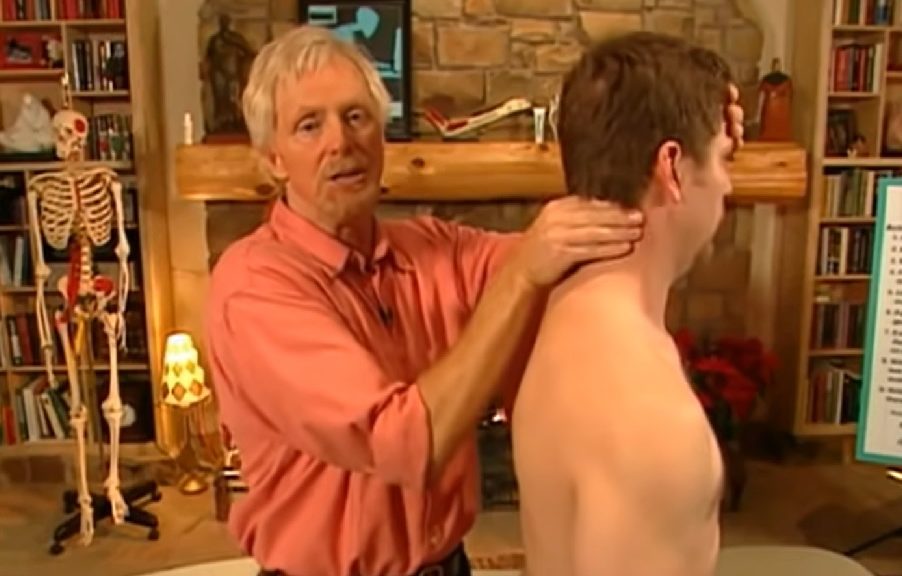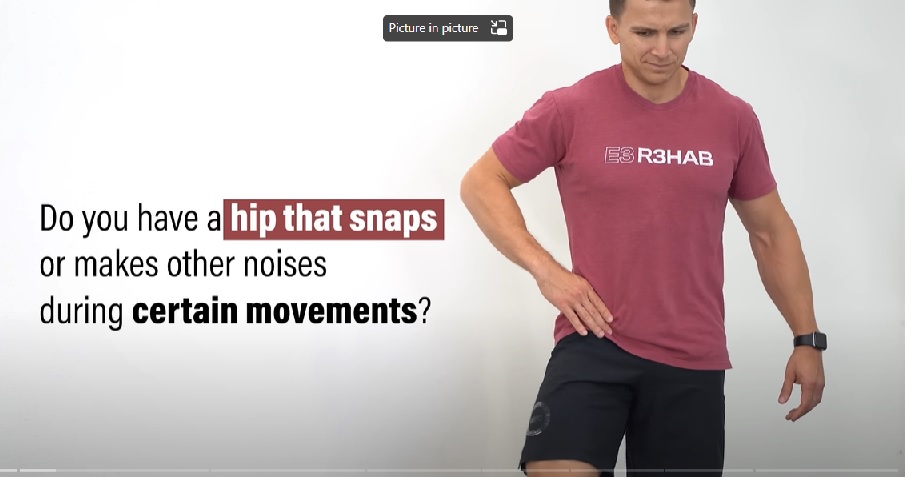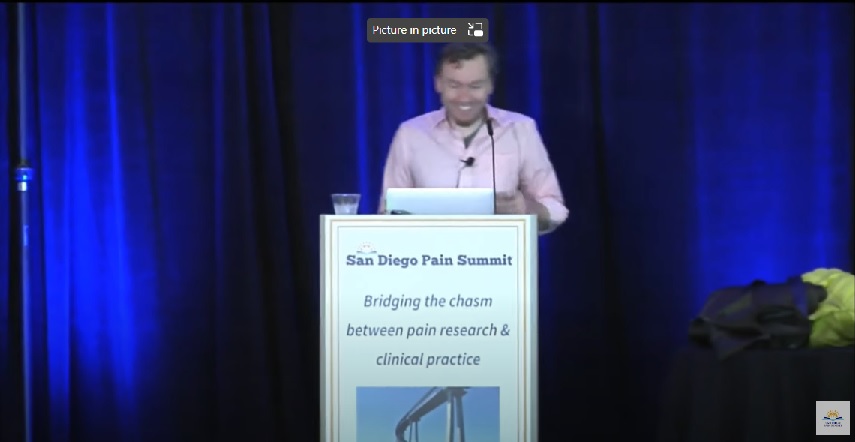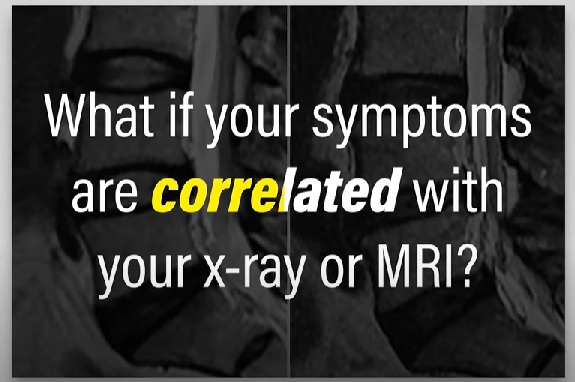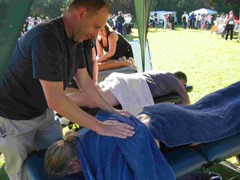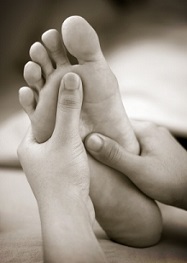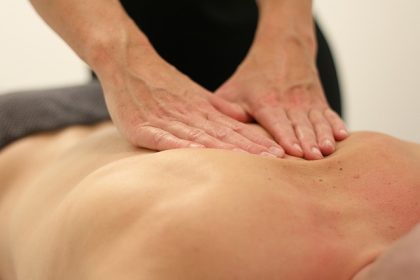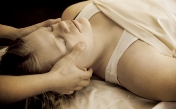Dowager’s Hump – Massage and Exercise
Please note that this page is mainly for my personal reference – based on various YouTube resources. Deep Tissue Massage and Manual Therapy for Relieving Dowager’s Hump – Erik Dalton Massage techniques – standing, assess how tight are the sub-occiptal muscles and then reassess when client is sitting. If tone of sub-occipals are tighter when standing implies that there is an input from the pelvis. Side-lying fist into upper traps. Lean in and get client to gently lift shoulder (restricted…
